Your horse can’t talk the way we do, but he sure can tell you things via his behavior. I’m going to share some of the most common “tells”—or messages—a horse sends. I’ll translate them into human-speak, so you’ll know what each message is saying about what your horse is thinking and feeling—and why.
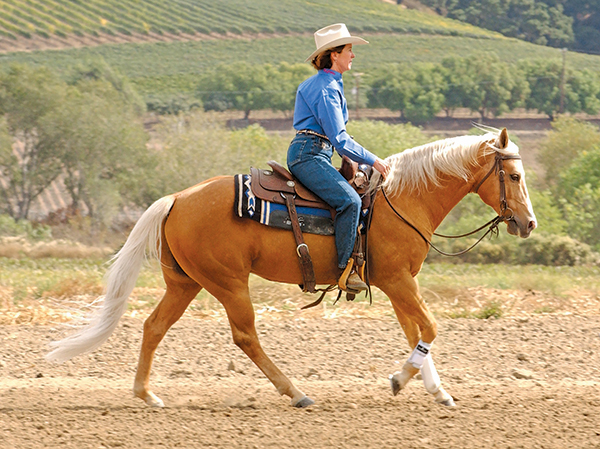
Then I’ll suggest what you should consider doing in response, to fix the problem at the root of your horse’s message.
It’s all a part of good horsemanship. The more readily you can “get” what your horse is telling you, the stronger will be the connection between the two of you.
The ‘Tell’: Retreat to back of stall.
The translation: “Leave me be.” Your horse is hiding from you. If he normally greets you pleasantly but abruptly begins trying to avoid you when you come to get him in his stall or pen, he’s telling you he’s sour about something.
You might be putting too much pressure on him in your riding sessions, causing him confusion and anxiety. Or perhaps you’ve worked him too hard (especially without proper conditioning) and made him body sore. So now he feels the way you might on a Monday morning when you just can’t face going to a job where you feel overworked and/or under-appreciated.
The fix: Time off. Give him a day or two of turnout instead of his work routine. Or try some cross-training. If you’re normally pounding the barrels with him, for example, go on a leisurely trail ride instead.
Caveat: Time off doesn’t mean you let him avoid being haltered. Go ahead and catch him up, but instead of your usual routine, give him a feel-good grooming, then turn him out. The next time you handle him, try the cross-training. Soon he’ll get the message that being with you can be something to look forward to.
The ‘Tell’: Switchy tail or pinned ears.
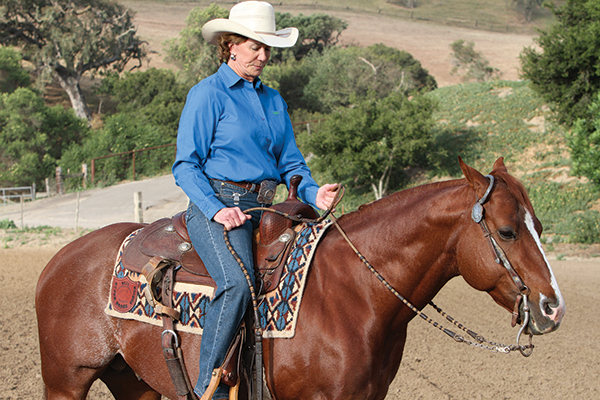
The translation: “Bug off!” If your horse is normally agreeable under saddle but begins reacting negatively to cues, he’s expressing irritation. Perhaps you’re touching him with your spurs more than you realize, or pick-pick-picking at him with your hands.
You may’ve gotten into a bad habit, or you may not have as much body control as you think you do. You’re inadvertently nagging at your horse, and he’s trying to communicate, “Quit, already!”
The fix: Get expert help. Have a knowledgeable horseman watch as you ride to evaluate your horsemanship, especially your cueing. Then make recommended adjustments.
In particular, make sure you first cue for something softly, and if your horse doesn’t respond properly, increase the cue as needed to get a response, then ask again softly. Don’t ask-ask-ask all the way around the arena in the same “voice.” Insist on compliance, then reward your horse and let him be.
The ‘Tell’: Raised head and neck.
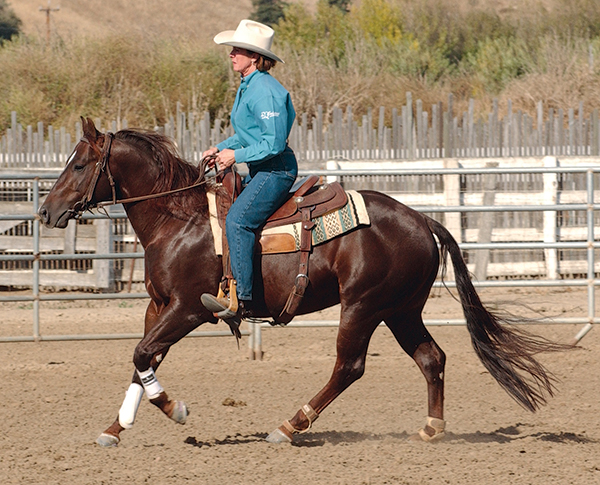
The translation: “I’m worried!” Your horse is nervous and bothered. Maybe he’s picked up on something in the distance that’s unsettling to him—a strange horse moving about in a nearby pasture, for example.
Or perhaps the learning curve of what you’re asking of him is too steep, and he’s not getting it. You’re becoming impatient; he’s picking up on that and his adrenaline is flowing. Bottom line: He’s stopped learning for the moment.
The fix: If he’s worried about an outside factor, refocus his attention on you. Ask him for something he knows how to do and is good at. Or simply ride a series of figures—circles, serpentines—that involve changes of direction and require him to pay attention to you.
Also consider whether you’re preparing him properly before riding. Does he need more turnout or groundwork before you mount up to be ready to settle in and work? If, on the other hand, it’s the work of the moment that’s worrying him, simplify it.
Consider how you can set him up to succeed. Make sure he has the prerequisites for the maneuver you’re requesting, then show him clearly what you want before you start training him on it and expecting improvement. Go step by step, and take things more slowly.
The ‘Tell’: ‘Avoids’ a maneuver.
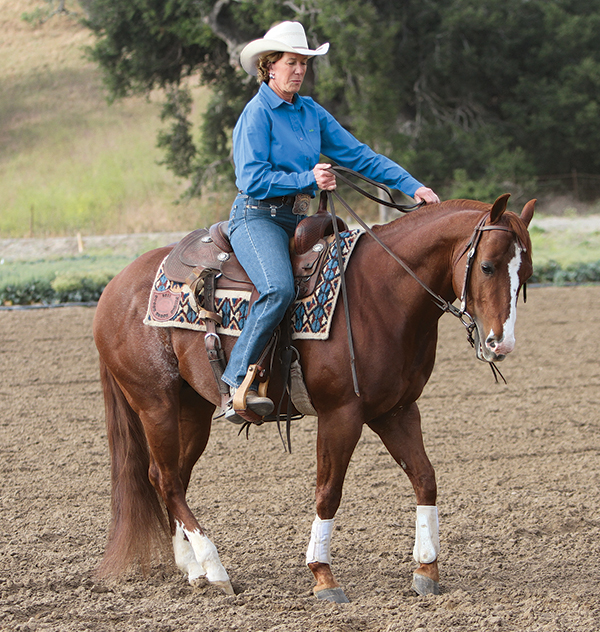
The translation: “Don’t have to!” For example, your horse stopped nicely when you first got him, but now that good stop is deteriorating. Or he used to move smartly off your leg, but now he sometimes just ignores you when you ask.
He’s like a kid who knows he doesn’t really have to mind his parents, so he stops cleaning his room.
The fix: First, as with all messages from your horse (see box), make sure it’s not a physical thing. A subtle lameness issue, for example, can cause him to resist bending or turning.
If you’re sure it’s not that, then you need to become more effective as a rider. Seek coaching if you must, to learn how to be clear, kind, and yet firm in your cueing. Stop negotiating with your horse to get him to do what you ask.
The ‘Tell’: Heaving a deep sigh.

The translation: “Ahhhhhh, OK!” Your horse is expressing understanding and/or relief. He’s processing information and feeling better about it. Maybe you’ve just finished turning him around, and he’s really starting to get it.
Caveat: A sigh can sometimes be a sign of boredom, as well, depending on circumstances.
The fix: No fix needed, if it’s a sigh of relaxation/understanding. Keep up the good work!
If you think your horse might be bored (have you been doing too much of the same thing?), then change up the routine for a bit.
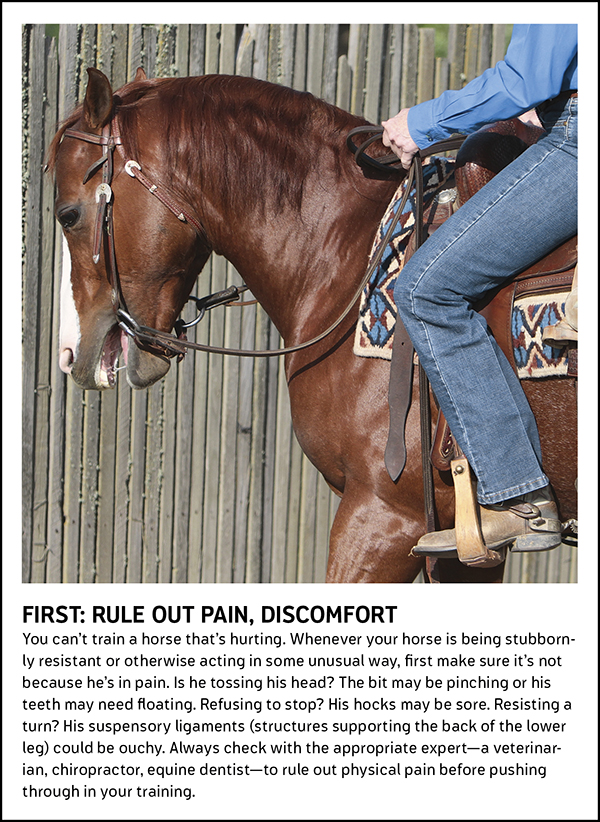
Sandy Collier, Santa Maria, California, is a Quarter Horse world champion trainer, a member of the Cowgirl Hall of Fame, and the only woman to win the open division of the World Championship Snaffle Bit Futurity. Find information on her popular book, Reining Essentials, and her latest DVD, Secrets to Becoming a Great Horse Owner, at sandycollier.com.






